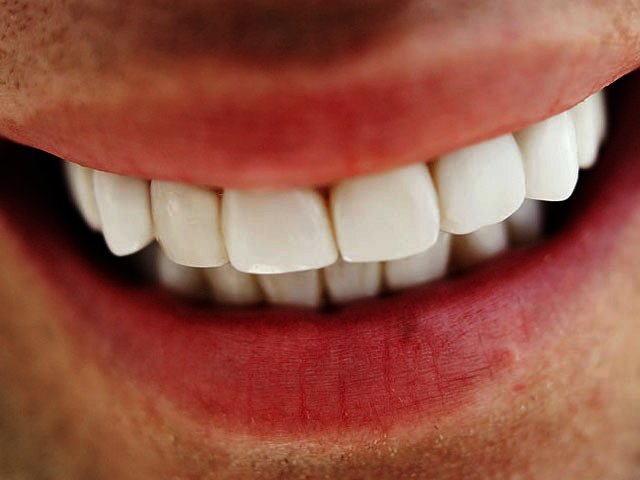Enamel microstructure
By Linda Pretorius 14 May 2009 | Categories: news
It was a difficult problem to crack, but scientists can at last explain why our teeth (usually) don’t shatter after a lifetime of biting and chewing.
According to a study published in a recent issue of the Proceedings of the National Academy of Sciences, the structure of enamel seems to be the answer.
Although human tooth enamel is quite brittle, a tree-like network of tiny enamel defects called tufts take the strain. Cracks developing from the inside of enamel are prevented from reaching the outer surface of the tooth because of the “basket weave” microstructure of enamel and the network of tufts.
These features ensure that stress is distributed over many small cracks, which reduces the chances of a crack growing outward to the surface of the tooth. Should a crack, however, make it past these control points, a naturally occurring filling immediately seals the crack, making it really hard to break apart again.
Most Read Articles

Have Your Say
What new tech or developments are you most anticipating this year?



